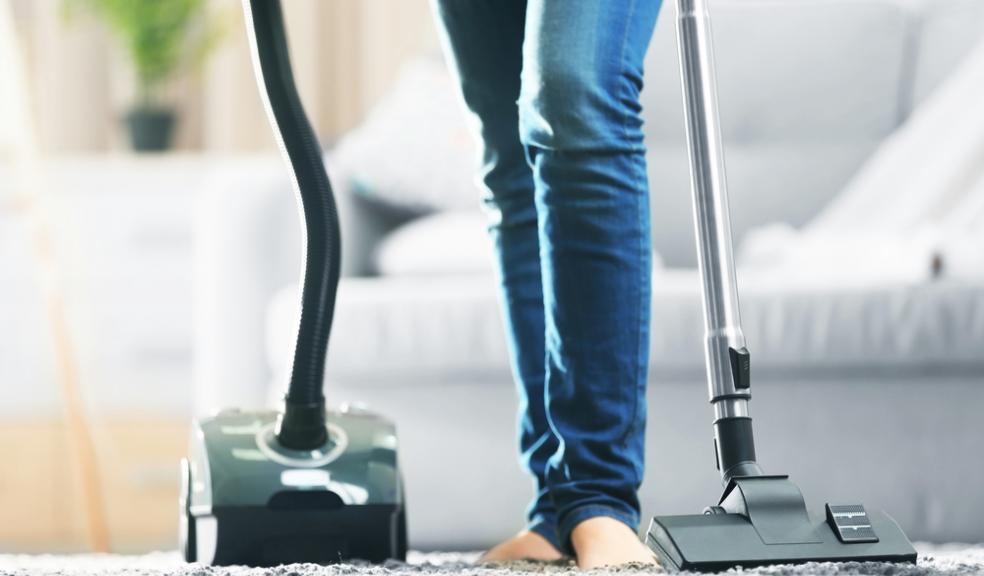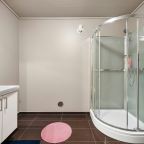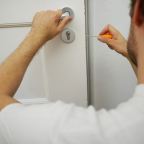
You could be allergic to your own home and not know how to rectify it
76% of adults in a recent poll admit they aren’t aware of the different ways to reduce allergens within their home, a further 36% said that someone in their household suffers from allergies.
It is predicted that by 2025 asthma will represent the most prevalent chronic childhood disease and will result in one of the highest causes of health care costs*, meaning these figures from iRobot, the vacuum cleaning robot, speak volumes.
House dust mites and their droppings can trigger asthma reactions and other allergies. In fact, the tiny creatures live off human skin scales that have been partially digested by moulds. However grim the mites sound the droppings they deposit around our homes is what we need to watch out for. Mites produce about 20 waste droppings a day which cause allergic symptoms even after the mite has died.
A study of 2,000 UK adults by iRobot found that 49% don’t know that the cleanliness of their house can have an impact on their health and allergies. Asthma, eczema and perennial allergic rhinitis are some of the most common allergies associated with house dust mites. Figures from Allergy UK, shows that each year the number of people suffering from allergies increases by 5%, with half of all affected being children.
Dr Jill Warner, has a PhD in Allergy and has performed many years of research into ways that avoiding common allergens in the home can help control the symptoms of allergic conditions such as asthma, eczema, rhinitis and hay fever. Jill explains the lack of knowledge surrounding house dust mites, and the problems they are causing in homes across the country:
“House dust mites like to live in the same environments as humans as we provide them with food and water in our beds, our carpets and all our soft furnishings. The comfortable temperature and humidity that we create for ourselves in our homes is perfect for the breeding conditions required by house dust mites.
Spring Cleaning Week, which runs from 14th-20th March this year, is encouraging people to ensure their home is clean. The places in your home that you spend most time in will most likely have the highest rates of dust mites. Having a clean bed is very important, but ensuring your vacuum is up to date and efficient can make a huge difference. Although 12% of people believe that their lifestyle doesn’t allow enough time for them to undertake regular household chores, such as vacuuming – but don’t fear as with the 21st century comes smart iRobot’s that clean for you.”
Here are some top tips from Dr Jill Warner:
- Either cover all the bedding with barrier systems that contain the mites and their droppings or wash the bedding once a week at above 60ºC.
- Invest in a vacuum cleaner that contains a HEPA filter that collects and prevents the re-release of particles of 10 microns or less and use it every day in the sufferer's bedroom and any living rooms they frequent regularly.
- Reduce the humidity in the home to less than 50% by increasing the ventilation.
- Don't allow pets in bedrooms or on beds or chairs.
- If possible remove carpets and install hard flooring.
- Vacuum all soft furnishings once a week including sofas, chairs and heavy curtains.
- For children remove soft toys from beds or wash frequently.
For more information please visit: www.witt.zone











